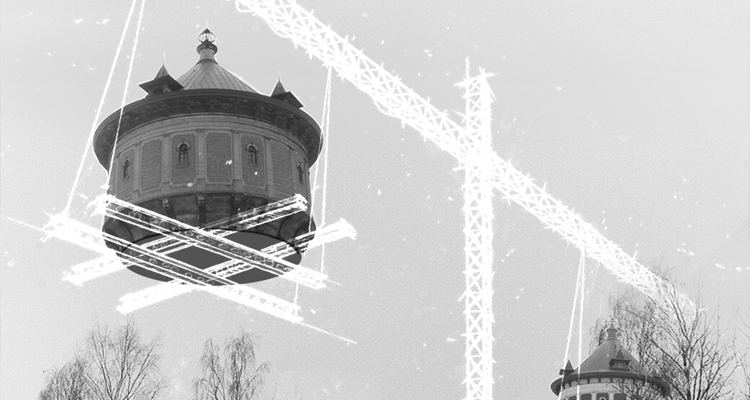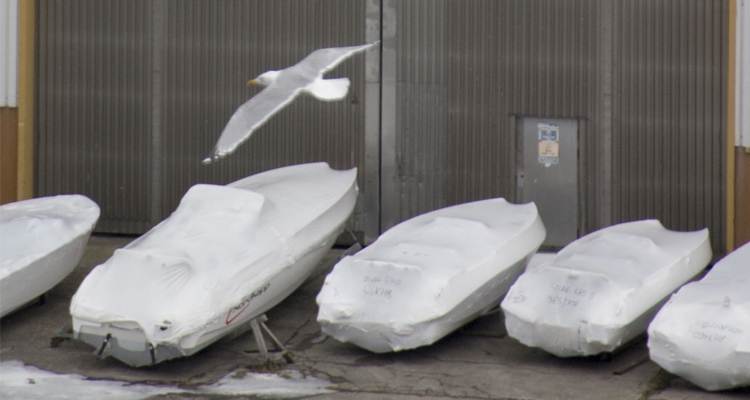This project addresses the current lack of accommodation for students in Oslo by injecting a student housing project into an existing gap in an urban block in Tøyen. The student house consists of four collectives separated by floors.
These open for a social and physical way of sharing and gaining from other students in similar life situations, with spaces ranging from completely private to completely shared. Alongside the student housing program, is a shared space for the residents of the block.
Diploma project
Our project has looked at what a contemporary birth and maternity facility may contain, and how architecture can create spaces for these functions.
The building, which is dimensioned for 900 childbirths a year, has been tested on five sites in Oslo, to meet the full requirement of the city.
The two terminal buildings on the aerial tramway between Bjørvika and Ekeberg are structures that share the same DNA, and they must be born at the same time in order to fulfil their purpose. One is located on a dense urban site, one in the forest overlooking the city. The two plots allows for an exploration of symmetry, repetition, variation and ordering systems; one vertical, one horizontal – yet the structures make up the two halves of a whole.
Despite the central position of T. I. Øgrims plass, it is a space which is hidden and relatively unknown. The space lacks certain urban qualities and appears more as a backside than a public space.
The aim is to enhance the character of the existing area by adding new buildings which can better define the space and make it more attractive.
This project has been an exploration into the transformation of a challenging and complex urban space through analysis, volumetric studies, and finally an architectural project.
As for all cities with four seasons, including Oslo, winter driving with a motorbike is a rare thing to do. Many people with motorcycles don’t have the space or opportunities to store their bikes in the winter.
Therefore many chose to pay a motorcycle dealership to store their bikes there.
In this project I will create a motorcyclists' Centre which will address the social and practical needs of Oslo's motorcyclist' community.
Characterized by an extremely dense and vertical urban fabric encouraged by strict regulatory governmental policies, commercial private developments have become an overarching speculation model defining a complex network of shopping podiums, towers and elevated walkways growing piecemeal throughout the city.
The context for the project is given by the architectural competition by Norsk Skogfinsk Museum. My intention has been to design a place for exploration, documentation and understanding of the culture and history of a national minority with a profound connection to the forest.
The new museum is carefully located in-between and around the trees in the forest. The museum acts as a gateway into the landscape, allowing visitors to explore the river, the adjacent open air museum, and further into the deeper forest.
”I like it because I do”. I find the steel surface beautiful - because it is shiny, reflective. And intriguing because of it’s connotations to something mechanical, industrial and clinical.
Steel is the corrugated roof of a barn, it’s the surgeon’s tools, it’s the joints of an Eileen Gray folding table, it’s the curved middle girder of Mies’ new national gallery.
Set to a fictional site, using hotel as program, this project is occupied with the steel surface.
Holmen is an important part of Risør, both rogrammatically and visually. The current program on Holmen is a marina industry. A planed program on Holmen is a housing project. My proposed program on Holmen is a public marina.


















